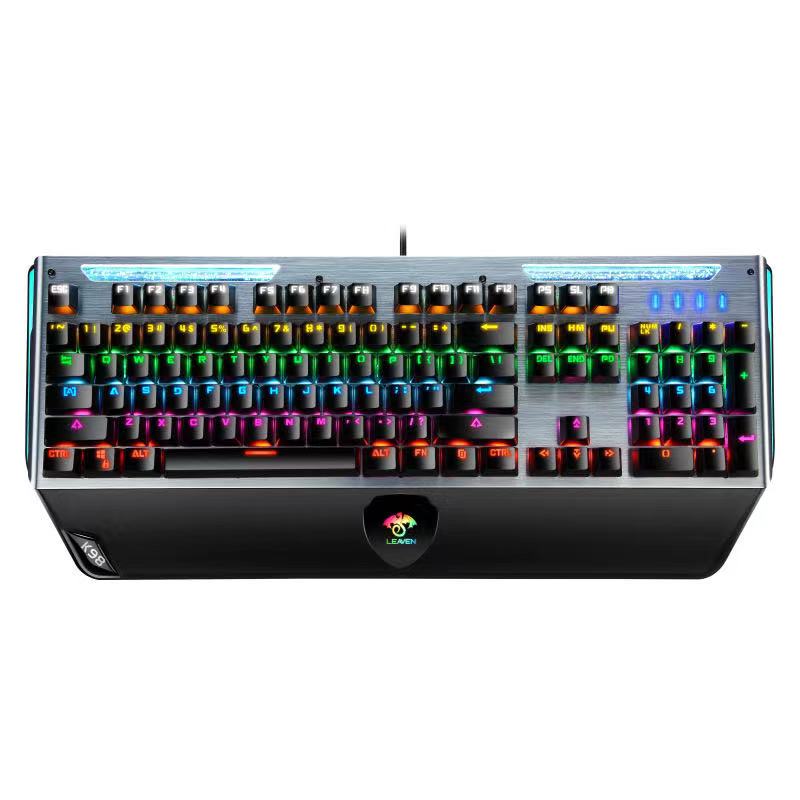In today’s technology-driven world, many of us spend hours typing on keyboards for work or leisure. However, prolonged keyboard use can lead to discomfort and potential health issues. Ergonomic keyboards offer a healthier alternative by promoting a more natural typing posture and reducing the risk of strain and discomfort.
Key Benefits of Ergonomic Keyboards:
- Reduced Strain: Ergonomic keyboards are designed to align with the natural position of your hands and wrists, reducing the risk of strain and discomfort.
- Split Design: Many ergonomic keyboards feature a split design, allowing you to position your hands at shoulder-width apart, minimizing awkward wrist angles.
- Negative Tilt: Some models offer a negative tilt, where the keyboard slopes downward away from you, further promoting a comfortable wrist position.
- Palm Rests: Built-in palm rests or detachable wrist supports offer additional comfort during extended typing sessions.
- Customizable Layouts: Some ergonomic keyboards allow users to customize key layouts and angles to suit their individual preferences.
Considerations When Choosing an Ergonomic Keyboard:
- Learning Curve: Transitioning to an ergonomic keyboard may require an adjustment period as you become accustomed to the new layout and design.
- Compatibility: Ensure the keyboard is compatible with your operating system and software.
- Budget: Ergonomic keyboards often come in a range of price points, so consider your budget when making a selection.
- Wireless vs. Wired: Decide whether you prefer a wireless or wired ergonomic keyboard based on your workspace and mobility needs.
In conclusion, ergonomic keyboards are a valuable investment for individuals who spend significant time typing. By promoting a more natural hand and wrist position, these keyboards reduce the risk of strain and discomfort, potentially leading to a healthier and more productive typing experience.






